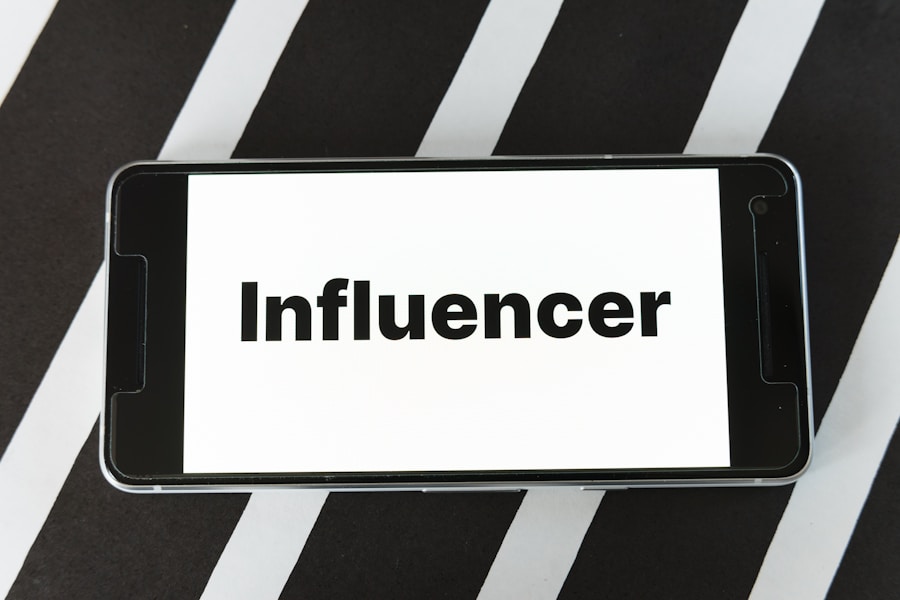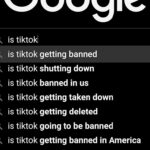In the ever-evolving landscape of social media, influencers have emerged as powerful voices that shape consumer behavior and brand perception. As an influencer, you understand the importance of establishing a clear and professional approach to monetizing your content. This is where an influencer rate card comes into play.
A rate card serves as a comprehensive guide that outlines your pricing structure for various services you offer, such as sponsored posts, collaborations, and brand partnerships. It not only helps you communicate your value to potential clients but also sets the stage for transparent negotiations. Creating a well-structured rate card is essential for anyone looking to thrive in the influencer marketing space.
It reflects your professionalism and helps you stand out in a crowded market. By clearly defining your rates, you empower yourself to take control of your business and ensure that you are compensated fairly for your efforts. In this article, we will explore the factors that influence influencer rates, the components of an effective rate card, and strategies for setting and negotiating your rates with brands and agencies. Check out our latest products and promotions on our bio links at https://www.linkinbio.website/.
Key Takeaways
- Influencer rate card is a tool used to communicate rates and services to potential clients
- Factors influencing influencer rates include audience size, engagement rate, industry niche, and content quality
- An effective rate card includes a clear pricing structure, services offered, and terms and conditions
- Tips for setting rates include researching industry standards, knowing your worth, and being flexible
- Negotiating rates with brands and agencies involves understanding their budget and offering value in return
Factors Influencing Influencer Rates
Audience Size and Engagement
One of the most critical elements is your audience size and engagement level. Brands are often willing to pay more for influencers who have a larger following, but engagement metrics—such as likes, comments, and shares—are equally important. A smaller audience with high engagement can sometimes be more valuable than a larger one with low interaction rates.
Understanding Your Niche and Industry
Understanding your audience demographics and how they align with a brand’s target market can also influence your pricing. Certain niches, such as beauty or technology, may command higher rates due to their competitive nature and the demand for influencer partnerships within those sectors.
Experience and Reputation
Your experience and reputation in the industry can play a significant role in determining your rates. If you have a proven track record of successful collaborations and positive outcomes for brands, you can justify higher pricing. As you assess these factors, it’s essential to remain adaptable and aware of market trends that may affect influencer pricing.
Components of an Effective Rate Card

An effective rate card should be clear, concise, and visually appealing. It should include various components that provide potential clients with all the information they need to make informed decisions. Start by listing your services, such as sponsored posts, stories, videos, or product reviews.
For each service, specify the corresponding rate, ensuring that it reflects the value you bring to the table. You might also consider offering package deals or discounts for long-term collaborations to incentivize brands to work with you. In addition to pricing, your rate card should include key metrics that showcase your influence.
This could include your follower count, average engagement rate, and demographic information about your audience. Providing this data not only adds credibility to your rates but also helps brands understand the potential reach and impact of their investment. Lastly, consider including testimonials or case studies from previous collaborations to further illustrate your effectiveness as an influencer.
This combination of information will create a compelling rate card that resonates with potential clients.
Setting Your Rates: Tips and Strategies
| Tip/Strategy | Metrics |
|---|---|
| Market Research | Percentage of competitors’ rates |
| Value of Services | Client satisfaction score |
| Cost of Living | Local inflation rate |
| Experience and Expertise | Years of industry experience |
| Profit Margin | Net profit percentage |
Setting your rates can be a daunting task, but with the right strategies in place, you can establish a pricing structure that reflects your worth. Start by conducting market research to understand what other influencers in your niche are charging. This will give you a benchmark to work from and help you position yourself competitively.
However, avoid underpricing yourself just to attract clients; remember that your time and effort are valuable. Another effective strategy is to consider the scope of work involved in each collaboration. For instance, if a brand requests multiple deliverables or a more extensive campaign, it’s reasonable to charge higher rates.
Additionally, think about the time commitment required for each project—this includes content creation, communication with the brand, and any revisions needed. By factoring in these elements, you can create a pricing model that accurately reflects the effort you put into each partnership.
Negotiating Rates with Brands and Agencies
Negotiation is an integral part of the influencer marketing process, and being prepared can make all the difference in securing favorable terms. When discussing rates with brands or agencies, approach the conversation with confidence and clarity.
This will help justify your rates and demonstrate why investing in you is worthwhile. It’s also essential to remain flexible during negotiations while knowing your bottom line. Be open to discussing different compensation structures—such as performance-based incentives or product exchanges—if it aligns with your goals.
Remember that negotiation is not just about price; it’s also about building relationships with brands that could lead to future collaborations. By fostering a positive dialogue and showing willingness to find common ground, you can create mutually beneficial partnerships that extend beyond a single campaign.
Sample Rate Card Template

Creating a sample rate card can serve as a helpful starting point for structuring your own pricing document. Here’s a simple template you can customize based on your services: **Influencer Name: [Your Name]**
**Contact Information: [Your Email/Phone Number]**
**Social Media Handles: [List Platforms]** **Services Offered:** 1. **Sponsored Posts**
– Instagram Feed Post: $X
– Instagram Story: $X
– TikTok Video: $X
– YouTube Video: $X 2.
**Product Reviews**
– Blog Post Review: $X
– Video Review: $X 3. **Brand Ambassadorships**
– Monthly Retainer: $X **Audience Insights:**
– Follower Count: [Number]
– Average Engagement Rate: [Percentage]
– Demographics: [Age Range, Gender Breakdown] **Testimonials:**
– “Working with [Your Name] was a game-changer for our brand!” – [Client Name] Feel free to adjust this template according to your unique offerings and style. The goal is to create a document that is both informative and visually appealing.
Adjusting Rates for Different Platforms and Campaigns
As an influencer, it’s crucial to recognize that different platforms may warrant different pricing structures due to their unique audiences and content formats. For instance, Instagram may require higher rates for visually-driven content compared to Twitter or Facebook, where engagement dynamics differ significantly. Additionally, consider the type of campaign when setting your rates; a one-off post may be priced differently than an ongoing partnership or multi-post campaign.
You should also take into account seasonal trends or special events that may affect demand for influencer marketing services. For example, during holiday seasons or major product launches, brands may be more willing to invest in influencer partnerships, allowing you to adjust your rates accordingly. By staying attuned to these nuances within each platform and campaign type, you can optimize your pricing strategy and maximize your earning potential.
Conclusion and Next Steps
In conclusion, creating an influencer rate card is an essential step in establishing yourself as a professional in the influencer marketing space. By understanding the factors that influence rates, crafting an effective rate card, and employing strategic negotiation techniques, you can position yourself for success in this competitive industry. Remember that setting your rates is not just about numbers; it’s about valuing your unique voice and the impact you have on your audience.
Regularly assess your worth as an influencer and adjust your pricing accordingly to reflect your growth and experience. With confidence in your value and a well-prepared rate card in hand, you are well-equipped to navigate the world of influencer marketing successfully.
Embrace this journey with enthusiasm and watch as new opportunities unfold before you!















